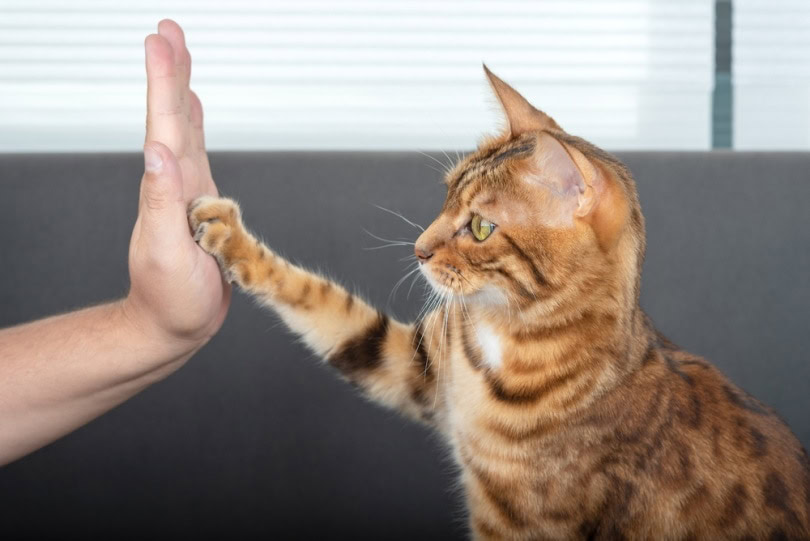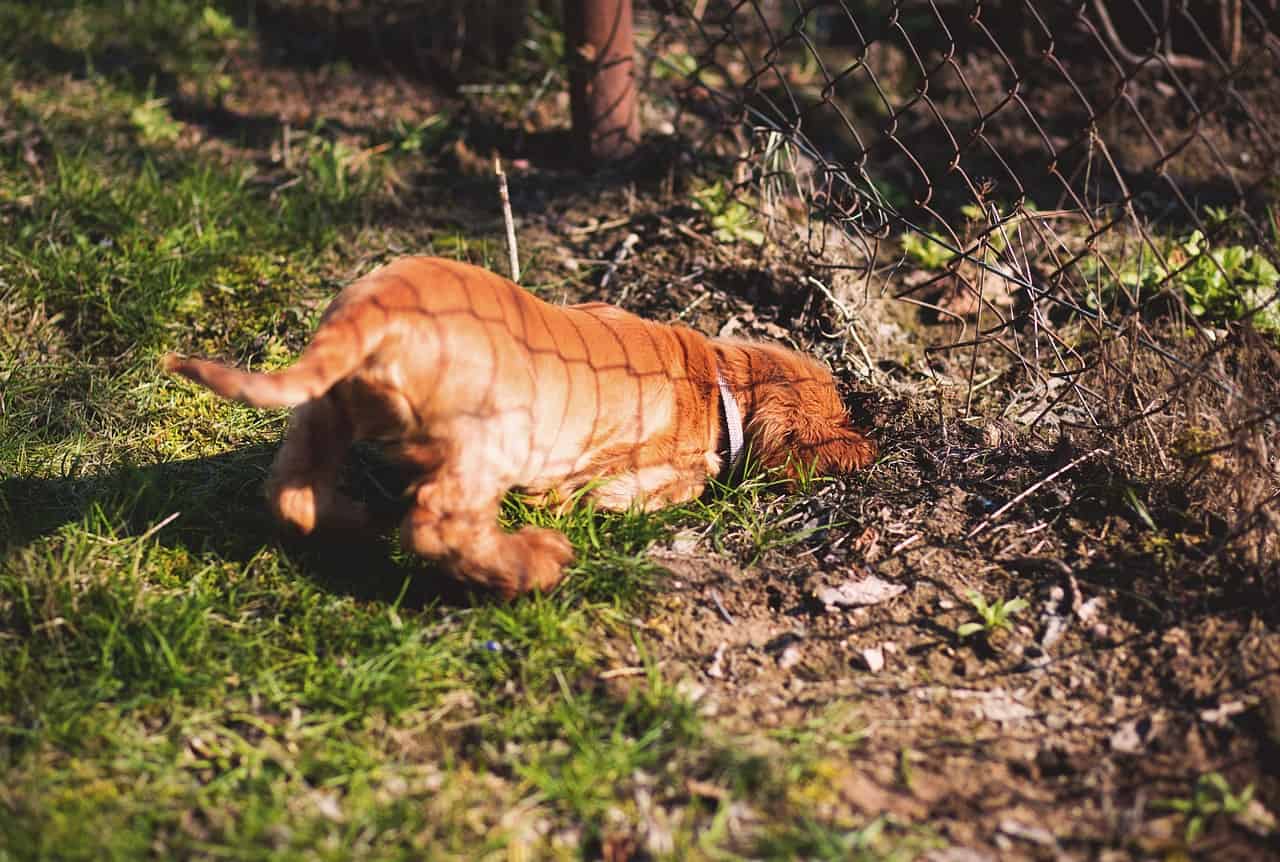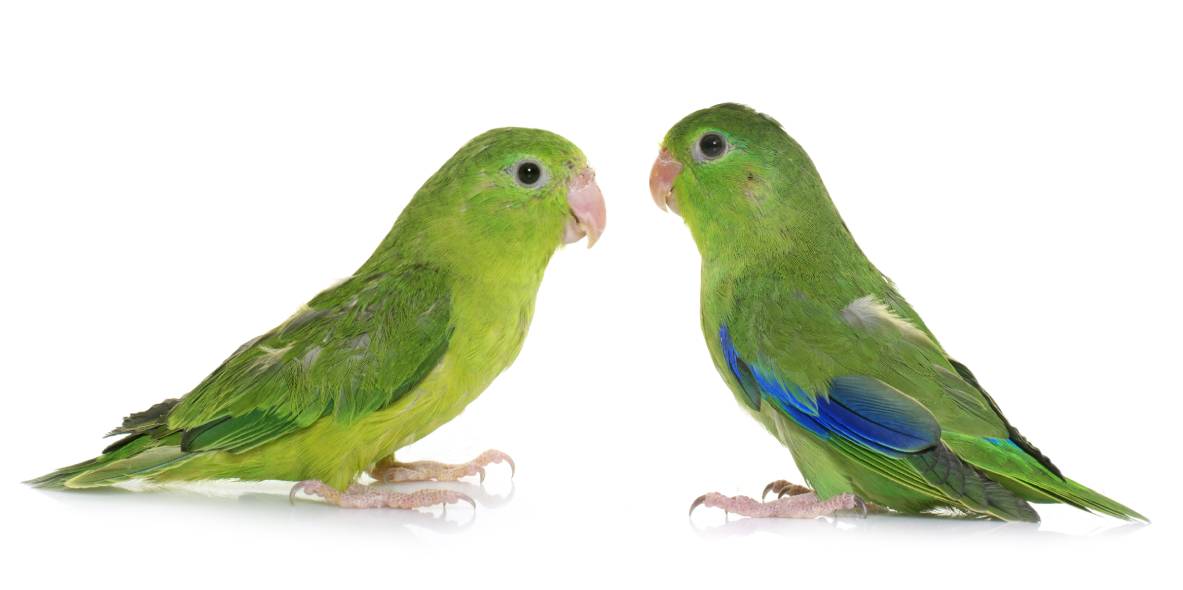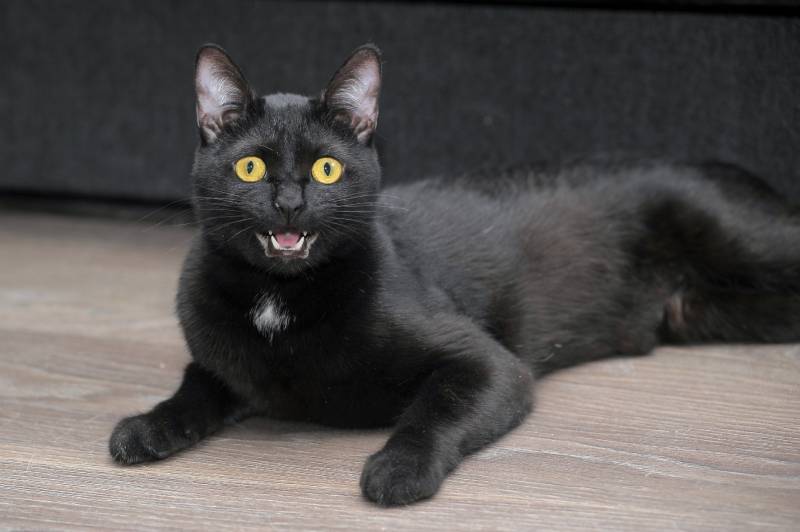Click to Skip Ahead
The phrase “copycat” seems to have been borne out of frivolous and playful phenomena. No one would think this silly phrase holds much significance in practice, but recent scientific studies prove otherwise.
Cats imitate their owners to establish a hierarchy within the household. They are highly social animals and tend to copy their owners’ behavior to show deference and familiarity.
But this barely scratches the surface when it comes to cat imitation. Here, we’ll highlight why cats imitate their owners and other cats.

The Science Behind Cat Mimicry
One of the most-studied aspects of cat behavior is mimicry. Many studies have shown that cats are highly tuned to their owners’ and other cats’ actions and behaviors, making them masters of behavioral imitation.
For a long time, scientists thought cats didn’t have the cognitive capabilities to mimic their owners. However, recent studies have shown that this is not true. Cats pay attention to their owners’ behaviors and learn from them, using mimicry as a social tool for communication and bonding purposes.
That doesn’t mean that cats only imitate their owners. They also frequently imitate each other to establish dominance within the home. For instance, a kitten may copy their mother’s body language and vocalizations as a form of observational learning.
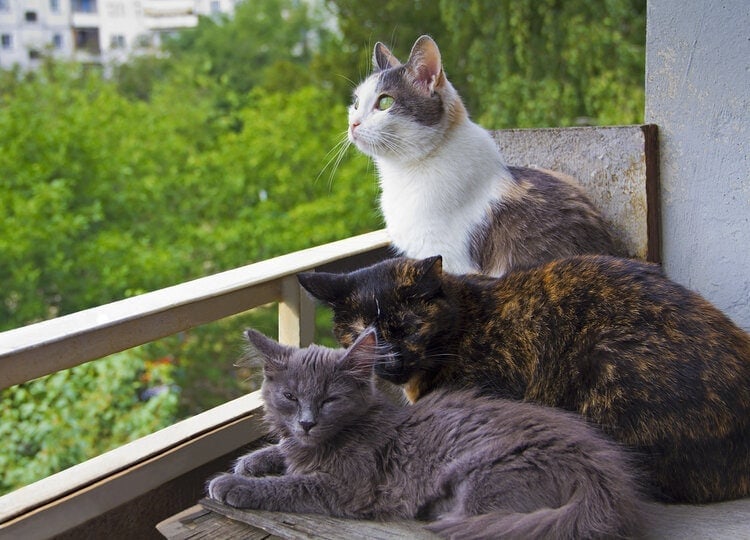

The 3 Reasons Why Cats Mimic Humans and Other Cats
There are a couple of reasons why cats mimic humans and other cats. Some of the most common include:
1. To Establish a Routine
Cats are creatures of habit. They often innately mimic their owners’ behaviors to establish a routine and feel more comfortable in the household.
This isn’t to say that any slight routine variation will throw your cat off their game. Cats are highly adaptable and easily adjust to new routines and environments, even without mimicry.
2. To Learn New Skills
Observational learning is a type of learning in which an individual learns by observing and imitating the behavior of another. Many animals, including cats, employ this type of learning, and it allows them to acquire new skills without direct instruction or reinforcement.
When cats observe the behavior of their owners or other cats, they can learn new skills that they would not usually be exposed to. It helps them adapt and survive in a wide range of environments.
3. To Bond With Their Owners and Fellow Cats
As social animals, cats use mimicry to reinforce their bonds with other family members. This is especially true for owners and kittens, who often develop a close bond over time.
This behavioral bonding also applies to other cats in the house or neighborhood. Cats can strengthen group cohesion and establish stronger social ties by imitating each other’s postures, vocalizations, and body language.
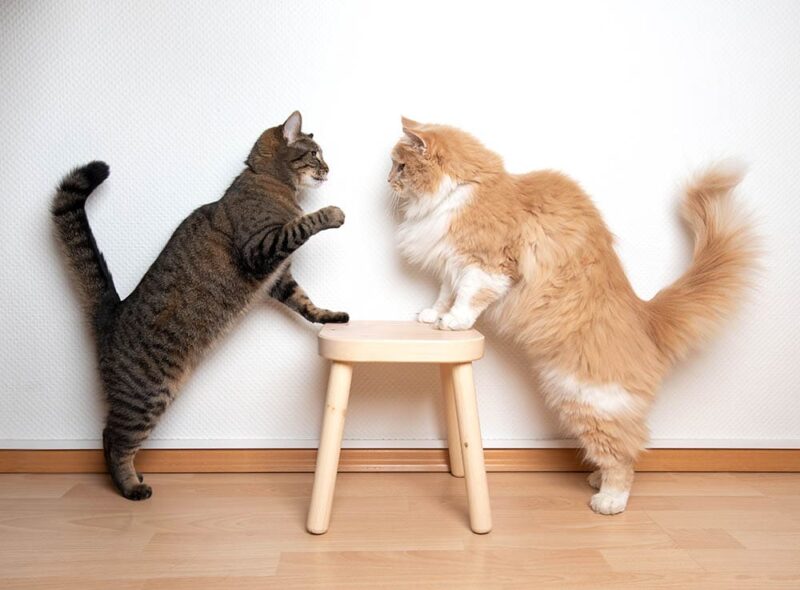

What Do Cats Imitating Us Tell Us About Ourselves?
Believe it or not, there’s quite a lot we can learn about ourselves by watching our cats mimic us. Our cats’ behavior may hint at our own behavioral tendencies and social needs.
For instance, if you’re an extrovert, your cat will display more extroverted behavior. And if you’re shy or introverted, your cat will likely mirror those traits. The same goes for a neurotic person and their cat. Like their owner, the cat will also display signs of neuroticism.
Ultimately, the mimicry of cats can tell us a lot about ourselves and the social dynamics within our homes. We can learn from our cats and ourselves by paying attention to these behavioral cues.
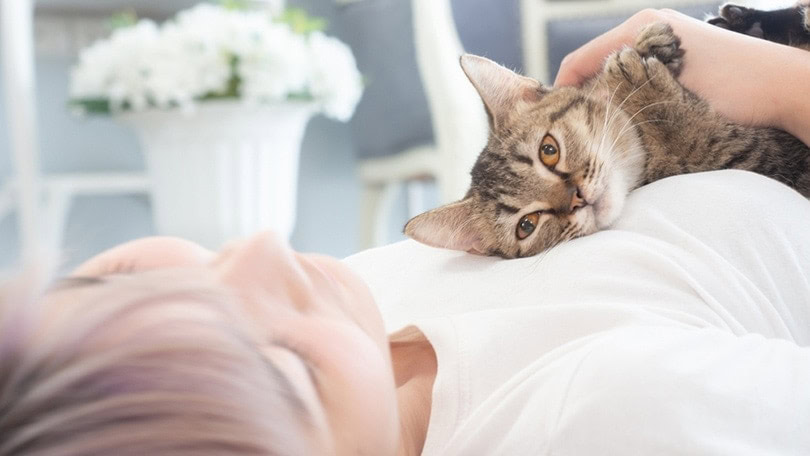

Your Cat Is a Reflection of Yourself
There’s no doubt that cats are one of the most fascinating animals on the planet. They are highly intelligent, displaying complex social behaviors and a seemingly endless capacity for mimicry. Like their owners, these behavioral traits say a lot about who they are.
So, the next time your cat mimics you or another cat, take a moment to appreciate how amazing felines really are. And remember that your cat is also a reflection of who you are—a loving, intelligent, and highly adaptable individual.
See also:
- Can Cats Have Autism? Vet Reviewed Facts & FAQ
- Can Cats Have ADHD Like Humans? Vet Reviewed Facts & Warning Signs
- Do Cat Recognize Themself in a Mirror? Reactions & Science
Featured Image Credit: Svetlana Rey, Shutterstock
